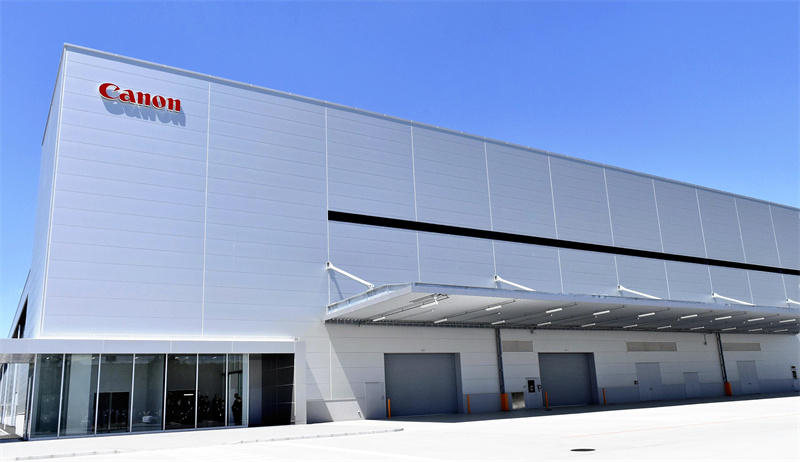On July 30, Canon (OTCMKTS:CAJPY) held an opening ceremony for its new semiconductor lithography equipment factory in Utsunomiya, Tochigi Prefecture—marking the company's first new lithography production facility in 21 years. The factory, part of Canon's Utsunomiya production center north of Tokyo, spans 67,518 square meters and represents a total investment of approximately ¥50 billion (around $336 million). Initial production is scheduled to begin in September 2025, with additional lens processing capabilities to be added in the following years.
The facility will manufacture i-line and KrF lithography tools, rather than cutting-edge EUV or ArF(i) systems. These mature platforms are seeing renewed demand due to the rise of generative AI and the corresponding surge in advanced packaging—where traditional lithography tools play a vital role. Canon will also produce nanoimprint lithography (NIL) systems at the site.
Canon Chairman and CEO Fujio Mitarai stated, "The equipment produced at this new factory brings together Canon's full technological capabilities and will play a vital role in supporting global industry development."
Lithography equipment is central to semiconductor manufacturing, enabling the fine patterning of circuits on wafers. While ASML dominates the global market—holding a 90% share and serving as the sole supplier of EUV lithography systems—Canon is focusing on expanding its presence in mature nodes and back-end processes, which are becoming increasingly important in the AI era.

Unlike leading-edge front-end processes that demand extreme miniaturization, advanced AI chips often rely on advanced packaging techniques that combine multiple dies (e.g., logic and memory) into a single module. This shift has created a need for new interposer layers, which Canon's legacy lithography systems are well-suited to pattern.

Canon began addressing these back-end lithography needs as early as 2011 and has since built a strong position in the space. Hiroaki Takeishi, Canon's Senior Managing Executive Officer, revealed that back-end equipment now accounts for 30% of Canon's total lithography system sales. "Canon systems are used by nearly all major semiconductor manufacturers for their back-end processes," he said.
Canon aims to ship 225 lithography units in 2025, up 9% from the previous year. From 2015 to 2020, the company averaged around 90 units annually.
The company's back-end lithography systems are widely used by industry leader TSMC, though Canon will soon face fresh competition from Nikon, which is expected to enter the back-end lithography space next year.
+86 191 9627 2716
+86 181 7379 0595
8:30 a.m. to 5:30 p.m., Monday to Friday
